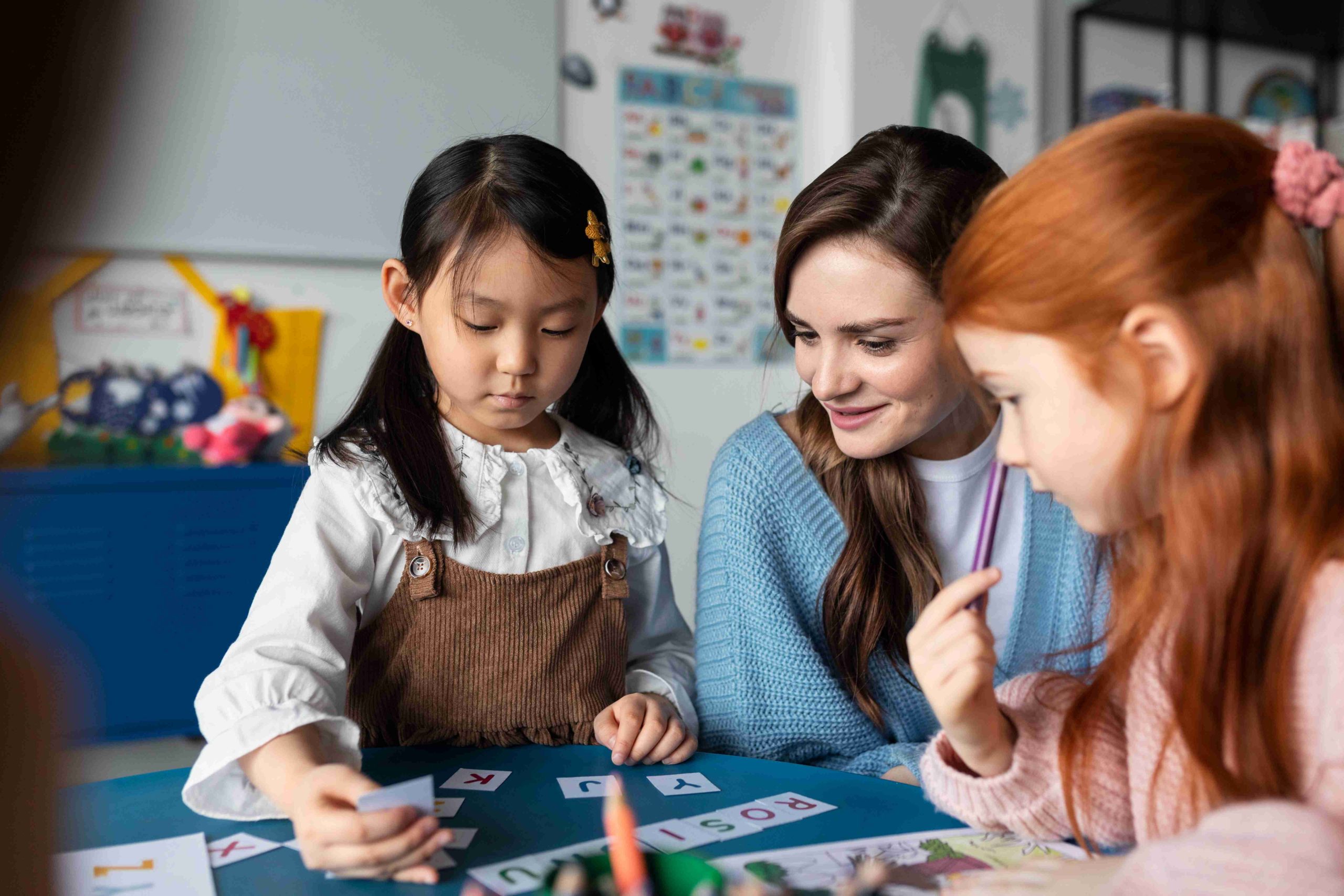
Understanding the Distinction Between Preschool Age and Pre-K Age
As a parent or caregiver, you might have encountered the terms preschool and pre-K age and pondered their meanings. These terms are often used interchangeably but denote distinct stages of a child’s development. It’s crucial to discern the disparities between these phases to ensure that your child receives appropriate education and developmental opportunities at the right juncture.
This article will elucidate the difference between preschool and pre-K age and underscore its significance. We’ll delve into the unique characteristics and developmental milestones of each stage, as well as explore the educational avenues available for preschoolers and pre-K preschoolers.
Preschool Age vs. Pre-K Age
What is Preschool Age?
Preschool age typically spans from 2 to 4 years old. This developmental stage is pivotal as preschoolers explore their environment, cultivate social and emotional skills, and develop fundamental cognitive abilities. Bursting with energy and curiosity, preschoolers exhibit a fervent desire to acquire new knowledge.
During this period, preschoolers refine their gross and fine motor skills, enabling them to engage in physical activities like running, jumping, climbing, and drawing. Moreover, they begin to articulate themselves using basic language, fostering communication with peers and caregivers.
Educational Opportunities for Preschoolers
Numerous educational opportunities cater to preschoolers, encompassing play-based programs, pre-kindergarten, and structured preschool programs. These initiatives kindle preschoolers’ curiosity, creativity, and passion for learning while nurturing their social and emotional growth.
While play-based programs encourage exploration and hands-on activities to bolster cognitive, social, and emotional skills, structured preschool programs focus on specific skill sets like pre-reading, pre-writing, and pre-mathematics, preparing preschoolers for the academic rigors of pre-K and kindergarten.
What is Pre-K Age?
Pre-K age typically spans from 4 to 5 years old, marking the phase where preschoolers gear up for kindergarten. At this juncture, they’re expected to grasp rudimentary language, mathematical, and social concepts. Pre-K age heralds a significant developmental leap as preschoolers acquire more intricate cognitive abilities, independence, and self-awareness.
Pre-K preschoolers should demonstrate effective communication, comprehension of instructions, and participation in meaningful discourse. They’re likely to possess rudimentary math skills, such as counting and number recognition, alongside burgeoning independence and self-esteem.
Educational Opportunities for Pre-K Preschool
Pre-K preschoolers can avail themselves of various educational pathways, including pre-kindergarten programs, transitional kindergarten programs, and kindergarten programs. These initiatives aim to prime pre-K preschoolers for the structured learning environments of primary school while fostering their social and emotional development.
Pre-kindergarten programs hone language, math, and social skills, fostering creativity, curiosity, and a love for learning. Transitional kindergarten programs offer additional support for pre-K preschoolers requiring extra preparation for kindergarten, while kindergarten programs emphasize foundational academic skills like reading, writing, and mathematics, alongside social and emotional development.
Importance of Understanding the Difference
Understanding the distinction between preschool age and pre-K age is imperative for tailoring educational interventions to your child’s developmental stage. These phases entail distinct characteristics and milestones, guiding the selection of educational programs best suited to each child’s needs.
For preschoolers, prioritizing play-based programs can foster social and emotional growth, whereas pre-K preschoolers benefit from structured pre-kindergarten initiatives emphasizing language, math, and social skills.
Characteristics of Preschoolers
Preschool age is a critical period characterized by rapid social, emotional, and cognitive development. Preschoolers are:
- 1. Developing Social Skills: Engaging in relationship-building, sharing, and cooperation.
- 2. Advancing Language Skills: Expanding vocabulary and communication abilities.
- 3. Exploring Their Environment: Curiously investigating the world around them through play.
- 4. Engaging in Play-Based Learning: Absorbing knowledge and skills through imaginative play.
Characteristics of Pre-K Preschool
Pre-K age marks a preparatory phase for primary school, focusing on language, math, and social skill development. Pre-K preschoolers:
- 1. Enhance Language and Literacy: Mastering letters, phonics, and basic writing.
- 2. Explore Math and Science: Learning foundational math concepts and exploring the natural world.
- 3. Develop Social and Emotional Skills: Cultivating empathy, self-regulation, and collaboration.
- 4. Engage in Structured Play: Leveraging play to refine specific academic skills.
Differences Between Preschool Age and Pre-K Age
While both stages emphasize play-based learning, differences exist:
- 1. Curriculum: Preschool emphasizes social and emotional development, while pre-K centers on academic readiness.
- 2. Teacher Qualifications: Pre-K instructors possess formal teaching qualifications, unlike preschool educators.
- 3. Parent Involvement: Preschool often entails more parental engagement compared to pre-K.
- 4. Age Range: Preschool spans 2 to 4 years old, while pre-K encompasses 4 to 5 years old.
The COVID-19 pandemic has profoundly impacted early childhood education, prompting adaptations like remote learning. Despite challenges, collaborative efforts between parents and educators can ensure continued support for preschoolers’ learning and development.
In conclusion, preschool age and pre-K age are pivotal stages laying the groundwork for a child’s educational journey. By comprehending their nuances, parents and educators can facilitate tailored interventions, nurturing children’s holistic development and setting them on a path to lifelong learning success.


